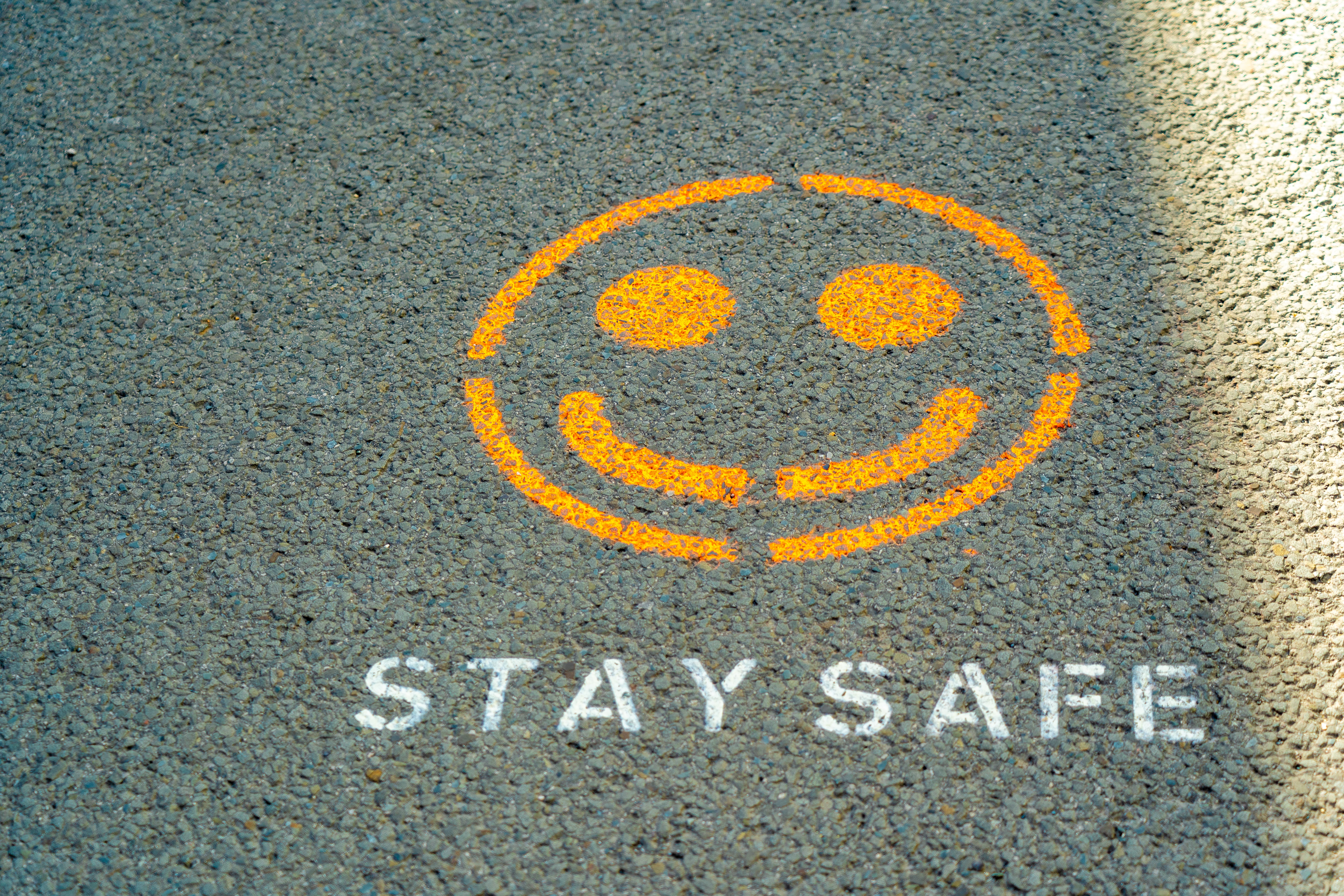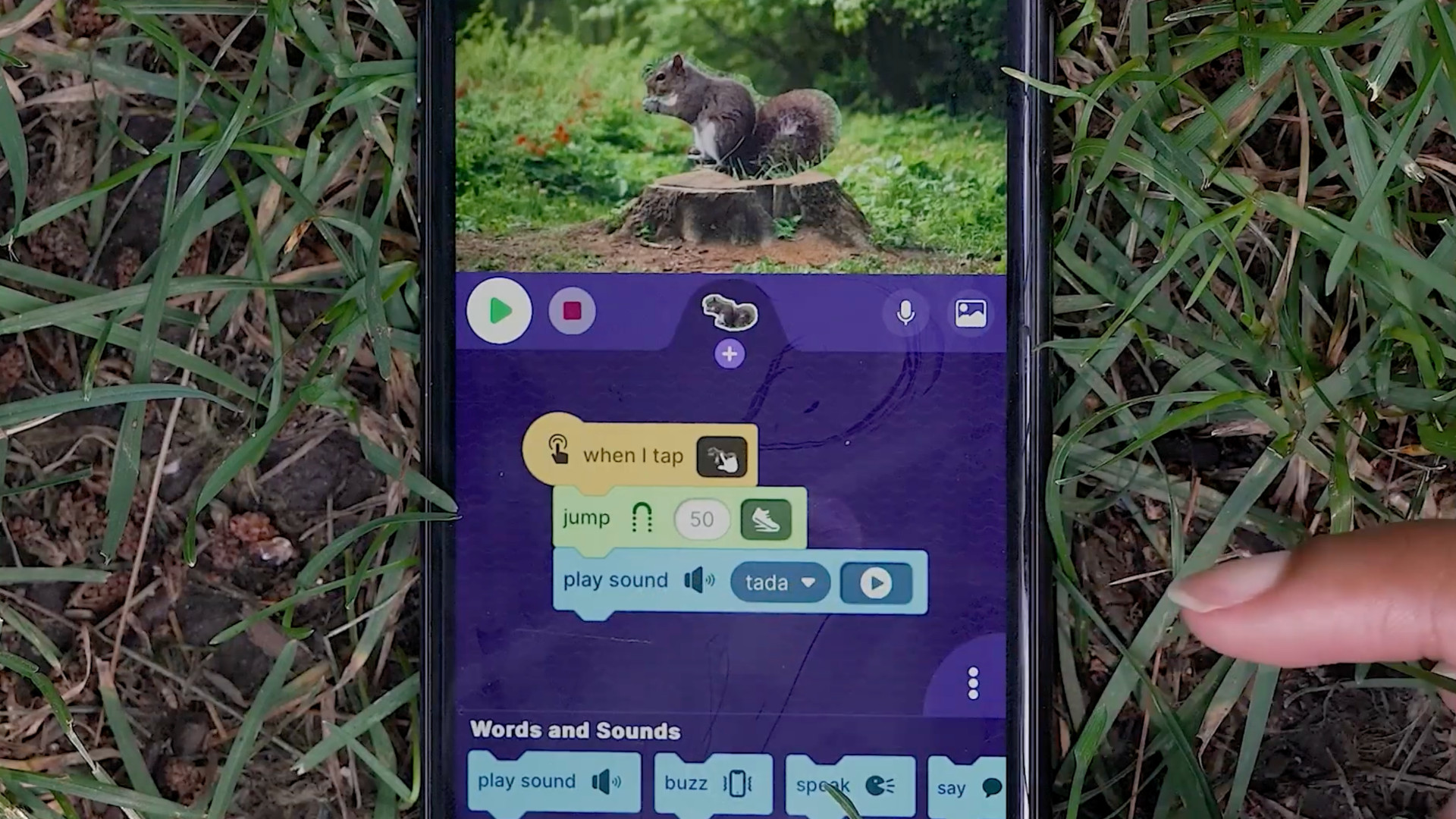The Delta Variant: Should Educators & Parents Be Worried?
The highly contagious coronavirus strain is fueling case upticks across the globe. What does that mean for this coming school year?

The Delta Variant.
These three words have cast a shadow over the coming school year. The highly contagious and possibly more severe variant of SARS-CoV-2 was first identified in India in December. Recently it has fueled upticks in virus cases across the globe and in some parts of the U.S. where it has become the dominant strain. But with case counts still low in much of the U.S., how concerned should vaccinated educators and the parents of vaccinated and unvaccinated children be? And is worrying about it productive? We asked a variety of experts.
Should Parents and Teachers Be Worried About Delta?
Albert Ko, an epidemiologist at the Yale School of Public Health, says there is good news and bad news when it comes to Delta. The good news is that the vaccines currently approved by the FDA are still highly effective against the variant. “Vaccinating teachers, staff, and also students who are eligible will go a long way in reducing the risk of transmission in schools,” Ko says. The bad news is that parts of the U.S. may see upticks in case numbers that similar to countries such as Israel and the United Kingdom, particularly in states and cities where vaccination rates are low. “The Delta Variant is twice as transmissible as the initial strains we experienced in 2020,” Ko says. “It's about 50 percent more transmissible than the UK variant.”
Monica Gandhi of University of California, San Francisco’s School of Medicine has argued that there is too much attention being paid to the Delta Variant, particularly in K-12 settings. “There is no evidence that Delta Variant poses an increased risk to children,” she says. “The most comprehensive review conducted on the impact of COVID-19 on children was just published.” The review, which was published as a preprint and therefore hasn’t yet been peer reviewed, found the rate of severe disease in children to be very low even with the Delta Variant spreading in the United Kingdom.
Gandhi adds, “Adult vaccination is decreasing cases in most vaccinated parts of the U.S., which keeps children safe.”
Is Fear of Delta Counterproductive at This Point?
The answer to this question depends on who you ask.
“I absolutely think the fear is counterproductive as I have actually expressed since early February,” Gandhi says. “Variants are covered by vaccines, not only by antibodies, but, importantly by T cells. The vaccines generate memory B cells which are primed to produce antibodies adapted towards the variants if they encounter them in the future. The vaccines also prompt the creation of T cells, which protect us against severe disease.”
Tech & Learning Newsletter
Tools and ideas to transform education. Sign up below.
She adds, “Data from La Jolla Immunology Institute and UCSF show that the T cell response to vaccines is completely preserved across all the variants. Therefore, I am very concerned about this fear-based messaging as I think it can discourage those on the fence from getting vaccinated -- since they say ‘what’s the point?’ -- and create unnecessary fear among parents.”
Not everyone agrees.
Many health experts believe keeping a cautious eye on the impact of the Delta Variant in the U.S. is prudent and could actually help our mental health. Dr. Marney White, a psychologist and epidemiology professor at the Yale School of Public Health, says mental health improves when we follow public health guidelines.
“Individuals who practice social distancing, get vaccinated, and continue to wear masks in public settings are also reporting better mental health outcomes, lower stress, lower anxiety,” she says. “This makes sense when you reduce personal risk, you're more likely to feel a sense of control, a sense of self efficacy in terms of taking all the steps that you can to manage a situation. And, of course, I would imagine that parents generally feel better knowing that their children are safer.”
She adds, “People should be still concerned about the Delta Variant, especially while young children are still unable to be vaccinated. At this point, children and anyone who remains unvaccinated remains at risk and vulnerable.”
What Measures Will be Necessary Going Forward
The CDC recently updated its school guidance calling for unvaccinated students and staff to continue to wear masks and maintain three-foot distancing when possible this fall.
Elizabeth Stuart, professor in Mental Health at the Johns Hopkins Bloomberg School of Public Health, says that Delta may cause school districts to reimplement mitigation strategies, but local vaccination and infection rates will play a role in what needs to be implemented when, and where. “More and more as we move along in this pandemic, I think, so much of this is going to be local, and it's going to be harder and harder to talk about things at a national level,” she says.
This goes for what happens inside schools as well as in the larger community. “In reality, some of the transmission that happens when schools reopen might be a result of the things that happen outside of the school building, such as sleepovers and parties and sporting events,” Stuart says. “I have a 10-year-old and a 12-year-old, and we're really thoughtful, and try to be careful about what we view as essential for our family. Indoor activities are restricted to those that I feel like are going to be really important for us in some way. And we're trying to minimize indoor stuff as much as possible until my 10-year-old is able to get vaccinated.”
Even with the emergence of the Delta Variant, there are reasons for optimism. “We're in such a different place this summer than we were last summer in terms of thinking about schools for the fall,” Stuart says. “We have very effective vaccines. We've learned a lot about how schools can open safely for in-person learning. And cases are lower in not all but many parts of the country.”
Erik Ofgang is a Tech & Learning contributor. A journalist, author and educator, his work has appeared in The New York Times, the Washington Post, the Smithsonian, The Atlantic, and Associated Press. He currently teaches at Western Connecticut State University’s MFA program. While a staff writer at Connecticut Magazine he won a Society of Professional Journalism Award for his education reporting. He is interested in how humans learn and how technology can make that more effective.

